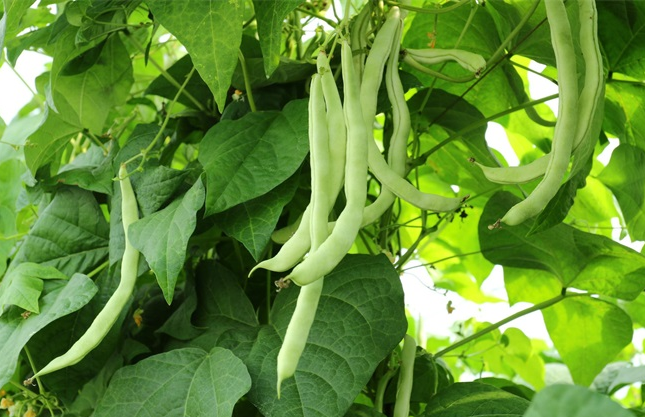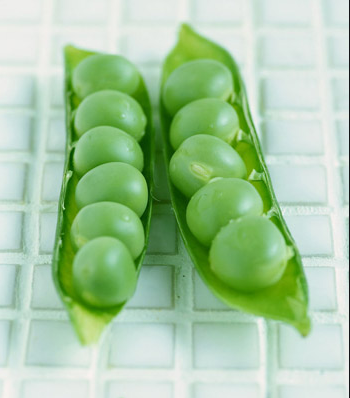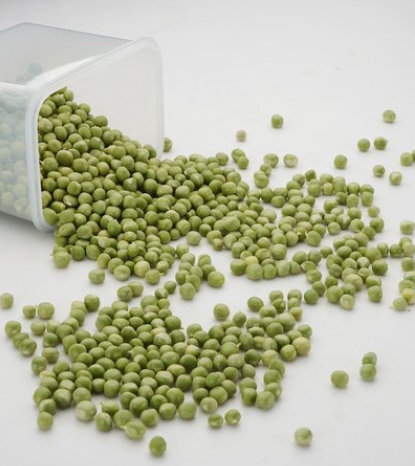Beans have obvious after-ripening effect after harvest. The pods are easy to be dehydrated, wilt, fade and even become leathery. The beans gradually age and the eating quality decreases. Therefore, good storage of beans is very important for regulating vegetable types and increasing the supply of off-season vegetables significance.
1. Variety selection
Choose varieties with strong disease resistance, less fiber, tender meat, good quality, and good commercial properties, such as stick beans and Qingdao frame beans.
2. Harvest at the right time
Generally, the beans can be harvested when the pods are just grown, the seeds are medium, and the pod walls are not hardened. If the harvest is too late, the fiber will increase and the quality will decrease; if the harvest is too early, the tissue will be tender and not resistant to storage.
3. Anti-corrosion and packaging
Beans are generally stored in 0.1mm polyethylene film bags sealed and packaged (each bag has a storage capacity of 5kg). Add slaked lime 0.5-1kg and sec-butylamine 0.01mL/L (by volume) for fumigation and anticorrosion.
4. Storage condition control
(1) Temperature Proper storage temperature is an important prerequisite for controlling rust spots and rot during storage of kidney beans. 8°C is the critical temperature to suppress the occurrence of rust spots. Below this critical temperature, rust spots are heavy, and temperature and rust spots are highly negatively correlated. Above this critical temperature, the temperature is no longer correlated with the occurrence of rust spots, but is highly positively correlated with decay. Therefore, if the storage period of kidney beans is more than 30 days, 8°C-10°C is a suitable storage temperature that can not only control the occurrence of rust spots, but also inhibit rot.
(2) Humidity Maintaining high humidity (relative humidity 90%-95%) helps to keep the pods fresh and green.
(3) Low carbon dioxide (C02) The accumulation of CO2 is an important factor leading to the occurrence of rust spots. The critical value of CO2 for serious occurrence of rust spots is 2%, so the CO2 of kidney bean storage should be less than 2%.
5. Matters needing attention
(1) Beans should be packed in strict grades according to their maturity during storage, which is convenient for management.
(2) Moisturizing test and disinfection of
kidney beans should be carried out before storage.


